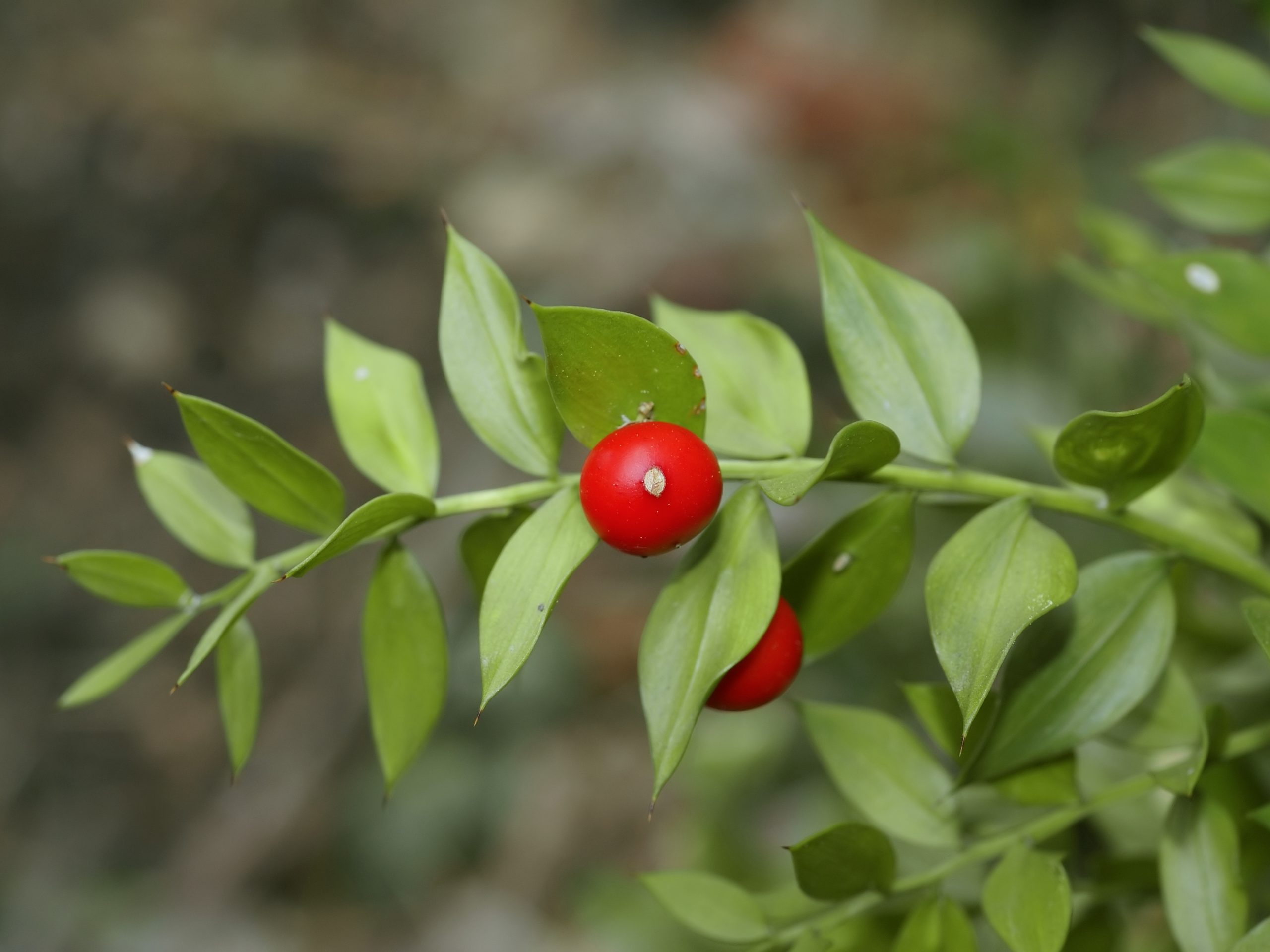Nestled in the heart of Mediterranean landscapes and thriving in the lush environments of the Caucasus and Southern Crimea is the hardy Ruscus plant, a perennial beauty often sought after for its resilience and decorative appeal. Known for their striking green phylloclades and vibrant red fruits, Ruscus plants represent an intriguing blend of resilience and elegance. Whether you’re an experienced gardener or a beginner looking to add a touch of verdant life to your home, understanding the nuances of Ruscus cultivation is key to unlocking its full potential.
- Understanding the Ruscus: Origin and Characteristics
- The Ideal Environment: Temperature and Humidity Needs
- Light and Soil Requirements: Creating a Conducive Habitat
- Watering Practices: Striking the Right Balance
- Nutrient Needs and Fertilization
- Ruscus Propagation and Transplantation Techniques
- Seasonal Blooms and the Art of Pruning
- Pests and Challenges: Safeguarding Your Ruscus
Understanding the Ruscus: Origin and Characteristics
The Ruscus plant belongs to the Asparagaceae family, a botanical lineage renowned for its robust and adaptable species. Ruscus, often referred to as butcher’s broom, is celebrated for its minimal water requirements and ability to withstand varying growing conditions. Reaching heights and widths of up to 55 cm, this plant’s slow growth rate is a trade-off for its long lifespan, making it a perennial favorite among gardeners seeking low-maintenance yet aesthetically pleasing greenery.
The Ideal Environment: Temperature and Humidity Needs
One of the remarkable traits of Ruscus is its tolerance to fluctuating temperatures and humidity levels. In summer, Ruscus thrives comfortably at standard room temperatures, but as winter approaches, it can withstand lower limits of 39.2-42.8°F. This adaptability makes it an excellent candidate for gardeners in varied climates or for indoor cultivation where temperature control can be more easily managed. Though Ruscus maintains its composure across diverse humidity ranges, ensuring a balance can contribute to optimal growth and longevity.
Light and Soil Requirements: Creating a Conducive Habitat
Although Ruscus can adjust to partial shade and even shadowy environments, providing it with scattered light, such as that from an east-facing window, will yield the healthiest results. When it comes to soil, Ruscus displays an admirable flexibility—though ready-made lemon soil is a convenient choice, gardeners can effectively use a homemade blend. Combine two parts sod land with one part each of peat land and leaf land or humus. Regardless of your soil composition, ensure your pot includes a drainage hole, as proper water management is crucial for preventing root rot.
Watering Practices: Striking the Right Balance
Watering Ruscus requires a mindful approach, particularly given its preference for moderate moisture levels. During the warm summer months, water your Ruscus roughly three times a week. As temperatures drop, this frequency can be reduced to once a week, ensuring the soil does not dry completely. For instances where the temperature dips below 57.2°F, it’s best to maintain the soil in a near-dry state to avoid compromising the plant’s health.
Nutrient Needs and Fertilization
Feeding Ruscus involves a straightforward regimen—between spring and autumn, enrich your plant every two weeks with a complex soluble fertilizer. This steady feeding schedule supports the lush development of its characteristic green shoots, setting the stage for vibrant blooms and fruits. Like other aspects of Ruscus care, this process is uncomplicated and forgiving, accommodating even the novice gardener eager to ensure a thriving plant.
Ruscus Propagation and Transplantation Techniques
Spring heralds the ideal time for propagating Ruscus. More experienced horticulturists may choose to divide the rhizomes during transplantation, ensuring vigorous future growth. Alternatively, Ruscus can be cultivated from seeds, although patience is required; seeds may take up to a year to germinate. Strategic cold stratification can expedite this process, encouraging healthier seedlings. Once your seedlings reach 7-8 cm in height, it’s time to transplant them into individual pots, fostering better root development and encouraging robust foliage.
Seasonal Blooms and the Art of Pruning
Summer months witness the delicate blooming of Ruscus, where small white flowers emerge prominently on its phylloclades. As a dioecious plant, Ruscus requires both male and female plants to produce its signature red berries. Pruning is another essential aspect of Ruscus care. Each spring, make sure to trim dead shoots to the base, maximizing the plant’s capacity for new growth. Ruscus’s versatile shoots are often prized in floral arrangements, adding texture and color to mixed bouquets.
Pests and Challenges: Safeguarding Your Ruscus
While Ruscus is generally a low-maintenance plant, it is not immune to pests such as worms and scale insects, which can affect its stems and foliage. Regular inspections and prompt treatments can help mitigate these issues, ensuring your Ruscus remains in good health. A noteworthy point is the plant’s toxicity—its berries are not safe for consumption and should be kept away from curious pets and children.
With its hardy nature, resilience against varying environmental conditions, and aesthetic appeal, the Ruscus plant makes a charming addition to any garden or home interior. By understanding its unique needs and nuances of care, you can cultivate a vibrant and healthy Ruscus plant that thrives year-round. For most enthusiastic gardeners, the Ruscus is a testament to nature’s resilience and beauty, offering both visual appeal and intriguing care dynamics that never fail to fascinate.






